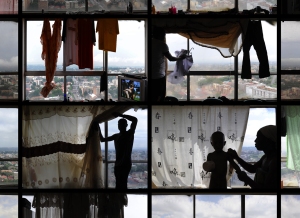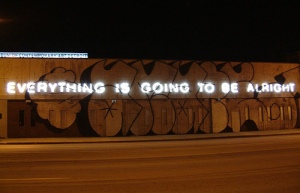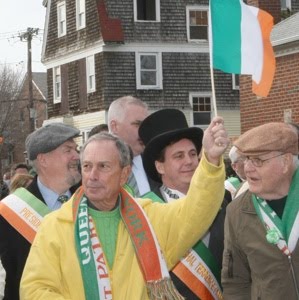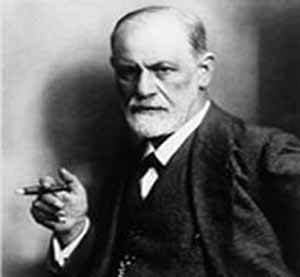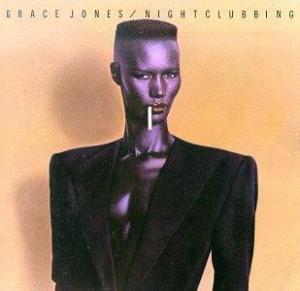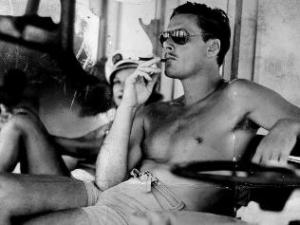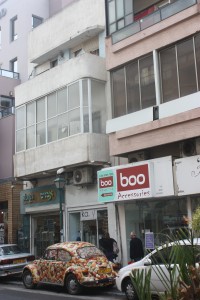JFK, LBJ, Dallas, Texas, America
- In the New World: Growing Up with America from the Sixties to the Eighties, Lawrence Wright (Goodreads review and synopsis)
- Going Clear: Scientology, Hollywood, & the Prison of Belief, Lawrence Wright
- Very Deep in America, by Lorrie Moore, NYRB (Her article reviewing Friday Night Lights — the show, the movie, the book)
- 11/22/63, Stephen King (New York Times review)
- The Passage of Power, Robert Caro (New York Times review)
- Lonesome Dove, Larry McMurtry (Goodreads)
- Horseman, Pass by, Larry McMurtry (Goodreads)
The JFK assassination, whether we have collectively willed it into an event more history-altering than it really was (check out this piece from The Daily Beast, about the anniversary and Boomer Narcissism), or if it truly was the moment when America’s exuberant, youthful rush into the future veered off course and fell through a tear in time, was of course, the subject of much speculation this past November (and always — but is it because of the Boomers?).
In his novel 11/22/63, King’s protagonist, a burnt out English teacher named George, living in a small town in contemporary Maine, finds a portal into the past (a real one, in the back of a diner soon to close to make way for a new LL Bean), to the year 1959. The owner of the diner, now dying, shares the fact of its existence with George and implores George to complete a task he was unable to himself – go through the portal, find Lee Harvey Oswald, figure out whether he “did it” and stop the assassination, thereby apparently also stopping the turbulence, death and destruction of the 1960’s and the war in Vietnam with this one act. Like all King books, this one is compulsively readable, absorbing and scary, the tension of violence about to erupt following you through to the end. At first it might seem too full of the neat tricks of Back to The Future – where we get to see how it all looked and sounded back then. But it becomes much more than its conceit and is immensely satisfying. George, and the reader, soon see that apart from what seemed to be the main narrative (the historical one and this book’s) there is daily violence, the kind that shatters “lesser” lives, of people George finds himself suddenly close to in his quest to change history; while these lives are seemingly less significant to history, they are not less important to want and try to “fix” if one could go back in time and do so. And for the history buffs, spending time with Lee and Marina and their milieu is as creepy as any King parallel reality.
In the New World: Growing Up with America from the Sixties to the Eighties
Lawrence Wright
Long before the looming 50th anniversary of JFK’s assassination (or my awareness of it anyway) I was looking for a nonfiction book about growing up in America as it came of age to its present age. I finally landed on Lawrence Wright’s In The New World and it ended up being a crash course in Dallas, where he grew up before he made his escape to Tulane in New Orleans (his word, Chapter 6 is titled “Escape”; at the moment, Wright’s current book about Scientology is making all the lists, but this book seems so much more interesting and significant to me – the 100 page New Yorker article about Scientology was plenty no?).
I had really only vague ideas about Dallas, probably wrapped up in impressions of Texas as a whole; a certain East Coast notion of Dallas as a land of new money, many churches and deeply conservative and rigid ideas of the way life ought to be. Wright, of course, gives more context, and illustrates, through the telling of Dallas’ modern history, much that resonated strongly about modern America’s trajectory as well:
It was not just Dallas, of course. New cities were forming, cities without traditions, with only the blind instinct to grow, to add wealth. Already in the fifties the urban centers of the Northeast had begun their long decline. A great migration was taking was taking place, out of Boston, for instance, which lost 13 percent of its population in the fifties; and New York, which diminished by one hundred thousand people; and Cleveland and Providence; all of them great industrial centers, union towns, politically liberal. A million immigrants settled in the newly built suburban tracts surrounding Phoenix, San Diego, Albuquerque, Orlando, Los Angeles, Houston…What distinguished Dallas from the other cities of the new world (this was the legend we told ourselves) was that there was no reason for its existence. It did not float atop an ocean of oil; there was no seaport, no mighty river; there were no paper mills or coal mines…Dallas had pressed itself into existence through force of will and public relations…a city finally of commerce, information, and trade, self-created like no other city in the world.
And further on in the book:
The prevailing ethic in the city was not hard work but high risk…Anyone who worked too hard to make money or who seemed to be too cautious in holding on to it was regarded as a drudge or a scrooge. Money was supposed to be inconsequential, and although our millionaires didn’t light their cigars with fifty-dollar bills like Daddy Warbucks did, they enjoyed wasting their money, buying up entire store window displays from Neiman Marcus, or his-and-hers submarines.
The most extreme conservative views were bankrolled and openly condoned by some of Dallas’ most prominent citizens, including “the richest man in the world” – H.L. Hunt, a neighbor of the author, who lived in a replica of Mt. Vernon and who hired former FBI agent Dan Smoot to serve as his mouthpiece, on a radio show called Life Line. Some favorite topics for the show were the “enemies within” (Eleanor Roosevelt, Walter Reuther, Edward R. Murrow, Earl Warren) and the impeachment of JFK. On the day of the assassination itself his newsletter editorialized, “that if Kennedy succeeded in his plan to communize America, we would find ourselves living in a country where ‘no firearms are permitted the people, because would then have the weapons with which to rise up against their oppressors.”
Most interesting and new to me though, was learning about just how painfully synonymous Dallas was, and still is to so many, with the assassination. I’m not sure how to explain that the word “Dallas” does not immediately (and only) invoke the assassination to me, except by way of suspecting it is a generational thing, much as “The War” means only one war to the baby boomers. But still, I was pretty astounded.
Friday Night Lights (Book, Movie, TV Show)
Before there was Dillon, there was Odessa. Friday Night Lights, the nonfiction book by H.G. Bissinger, is one of my favorite things I’ve read about Texas, about the oil boom and bust town of Odessa which suffered from all the follies, and lived high on all the speculative joys, of neighboring Midland. A near caricature of labor and capital. And being an East Coast city kid, it really did actually take this book, and this series (and a guy I met in an airport once who played for the coach FNL is based on, who even after breaking some serious bones that caused him to lose a scholarship and nearly all his mobility, still could not understand how every kid does not want to play football if he can) to finally get some sense of the mania of football and its role in the fabric of life of so many small towns and suburbs.
The show doesn’t need much more hype, except to say it is completely deserved and I can’t imagine any type of person who would not enjoy it (it has something for everyone, truly — I recommended it to my brother and his wife, who have rather divergent tastes, and I take great pride in the fact that they watched it together and loved it). Lorrie Moore wrote a great piece about it in the New York Review of Books, though I was pretty surprised to learn that “serious” folks considered it a “cultural guilty pleasure,” until, of course, they agreed together otherwise.
LBJ: The Passage of Power, Robert Caro
The latest volume in the Caro LBJ opus provides what may become the defining account of LBJ’s masterful legislative canny in passing the Civil Rights Act of 1965. But it is Johnson’s improbable entrance into the neutered role of Vice President that turns out to be one of the most fascinating case studies in those qualities that serve to both drive and keep back an individual. In this case a man with nearly superhuman tenacity and political energy that was fueled by fear that at other times held him hostage and nearly undermined his political career altogether.
LBJ grew up poor in the Texas Hill Country, but was not born into yet another generation of poverty. His mother came from a proud long lineage and projected high expectations onto her son. His father was an ambitious but ultimately failed politican and businessman. The failure of his father and his own consequent poverty instilled in LBJ an almost pathological fear of being powerless. (And certainly led his genuine determination to fight poverty in general). While this led him to become Master of the Senate, as Caro called Vol #3, it also, finally, when given the green light by the Democratic party to run for the office he had always coveted, kept him from tossing his hat in the ring until way too late. He was so petrified of losing and embarrassing himself, and being like the powerless loser he saw as father as, that he never even really tried.
The book also gives a detailed and at times incredible account of the assassination, and of LBJ’s steps to consolidate his power in the crucial hours and days after. His phonecall to Bobby Kennedy, made right after Bobby was crushed by the news of his brother’s death, to ensure Bobby would stand solidly behind LBJ’s presidency, was just one of the many steps LBJ took to harness the power of his new post. While somewhat cold blooded and calculating, it also, arguably had to be done. Someone had to think in the midst of the emotional turmoil, and ensure that the next president would not only be characterized by not being JFK.

